Anchors TTRS and Hauling Systems
Understanding anchors, Tensioned Twin Rope Systems (TTRS), and hauling systems isn’t just about rigging; it’s about safety, efficiency, and adaptability in high-pressure situations. These systems
Understanding anchors, Tensioned Twin Rope Systems (TTRS), and hauling systems isn’t just about rigging; it’s about safety, efficiency, and adaptability in high-pressure situations. These systems
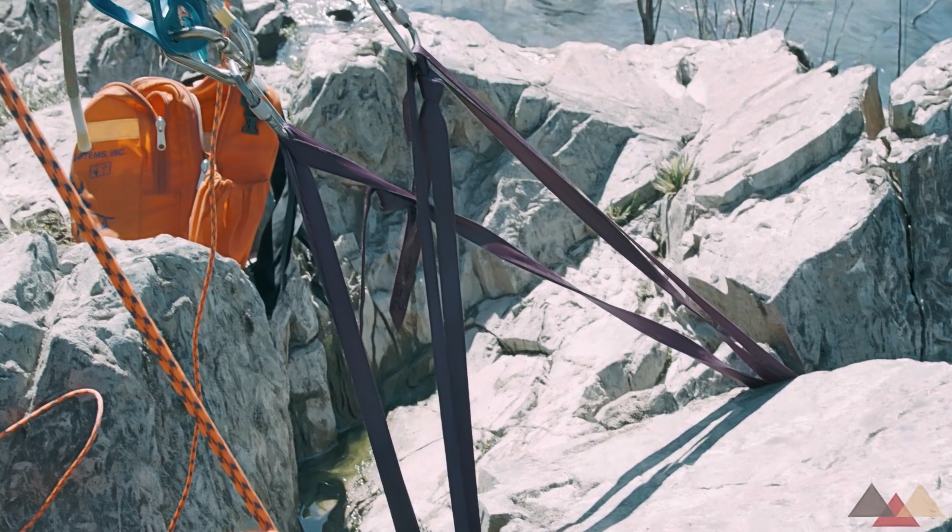
Multi-Point Anchors in Rescue Operations Multi-point anchors provide enhanced stability by distributing weight across multiple points, making them invaluable in complex rescue operations. In this
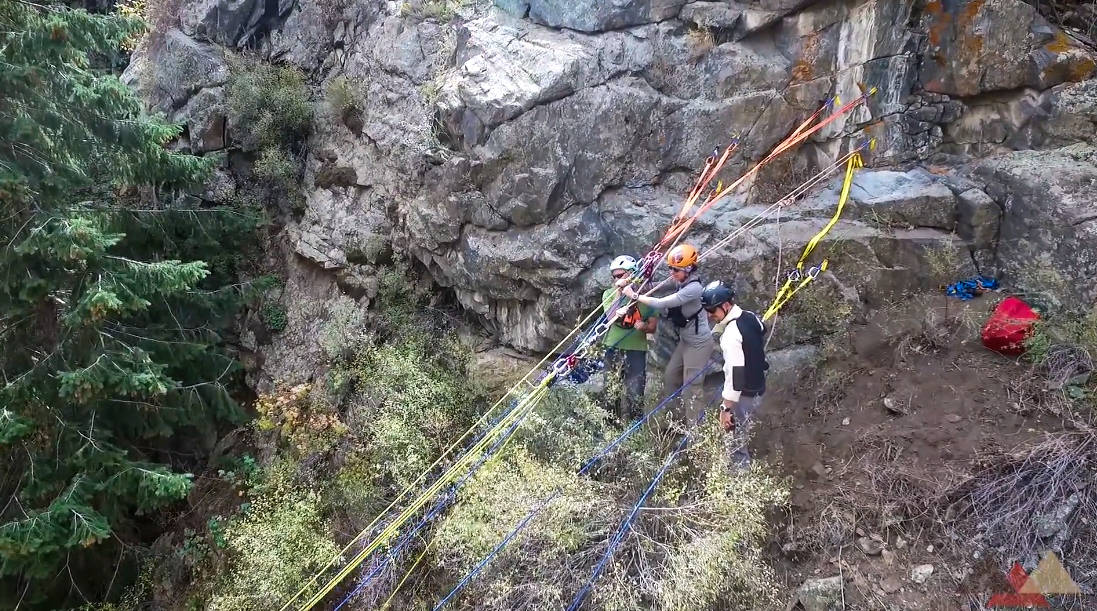
In situations where natural anchors aren’t available or reliable, artificial anchors are essential. Artificial anchors like bolts and anchor plates provide consistent stability and security,
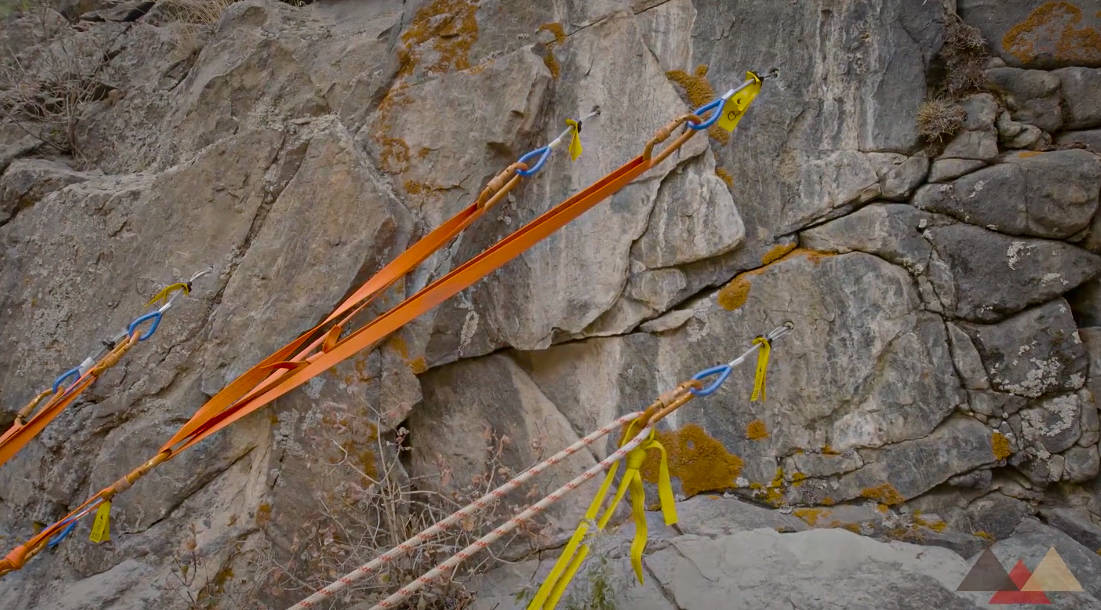
Anchors and Anchor Systems in Rescue Operations: Part 1 – Natural Anchors When it comes to rescue operations, creating secure, reliable anchors is essential. In
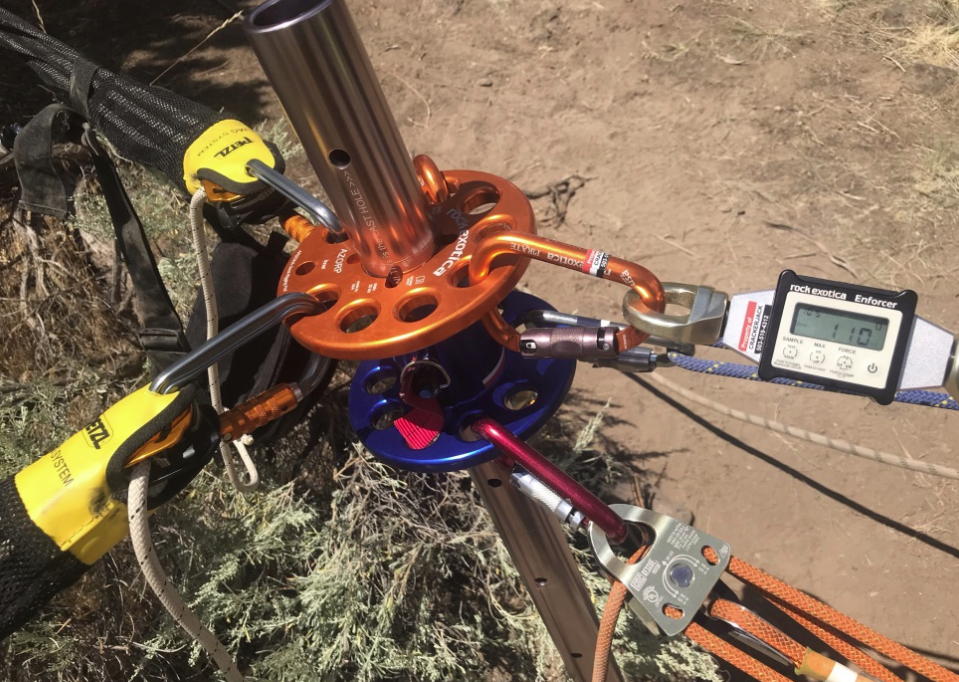
Anchors are the foundation of any rope rescue operation, providing the stability and support needed to safely conduct rescues. Mastering anchors in rope rescue operations
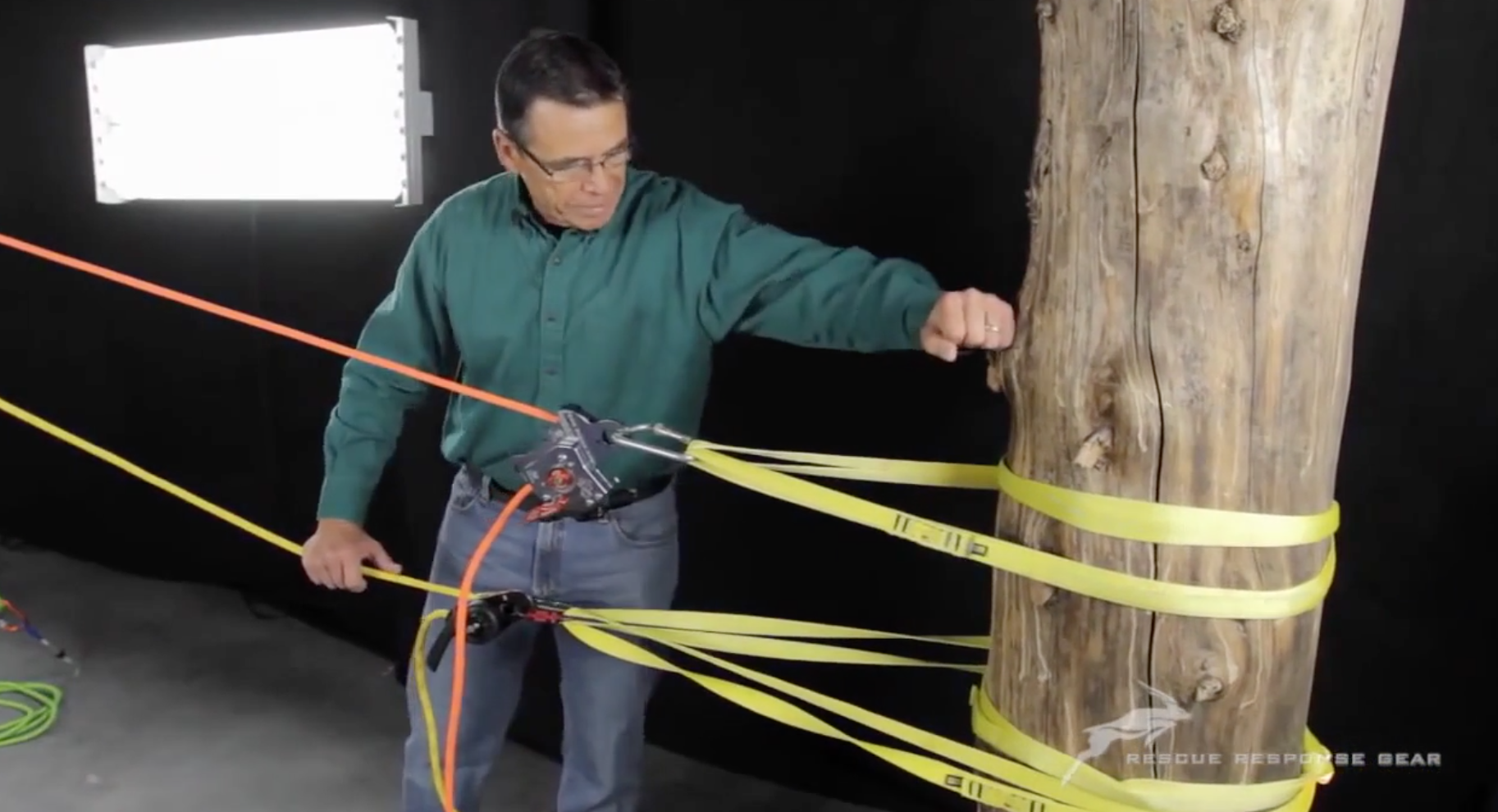
Rescuers who work in technical rope rescue need to establish reliable and secure bombproof anchors to ensure the utmost safety in challenging situations. This means
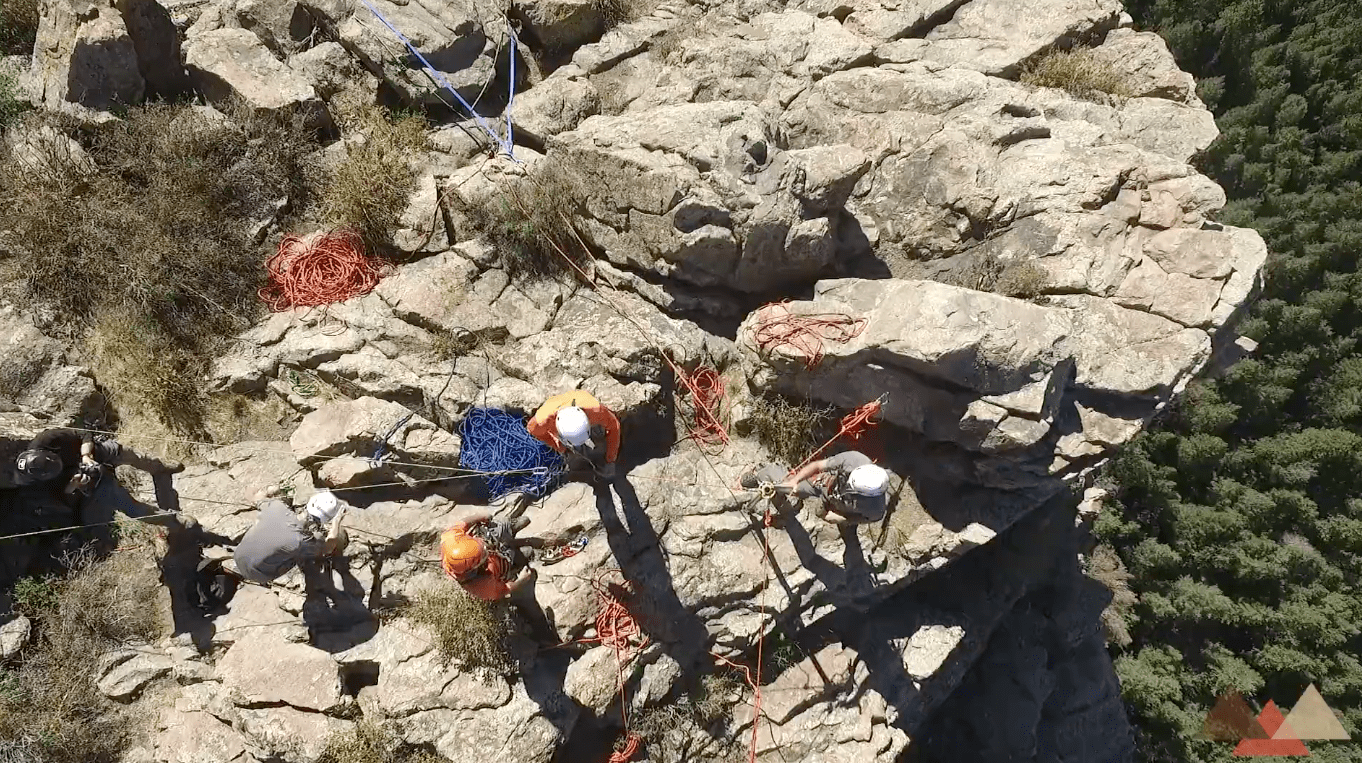
Search and Rescue (SAR) members are a crossbred group of heroes that often spend an ungodly amount of time trying fix what others have broken;
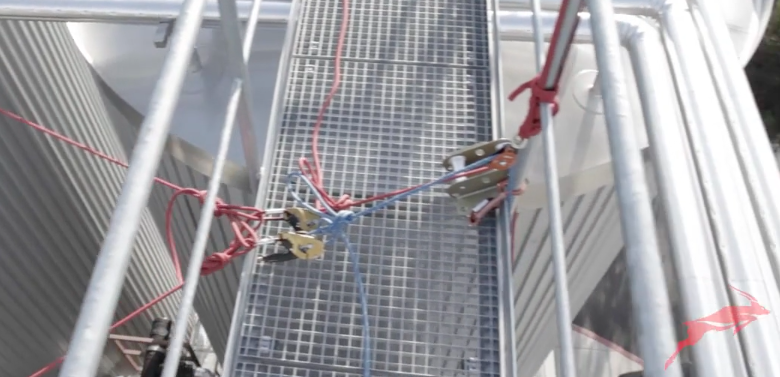
Technical Articles | Anchors Part 1 This will be the first of a two-part series on anchors. This section, purposely, will not include situations that
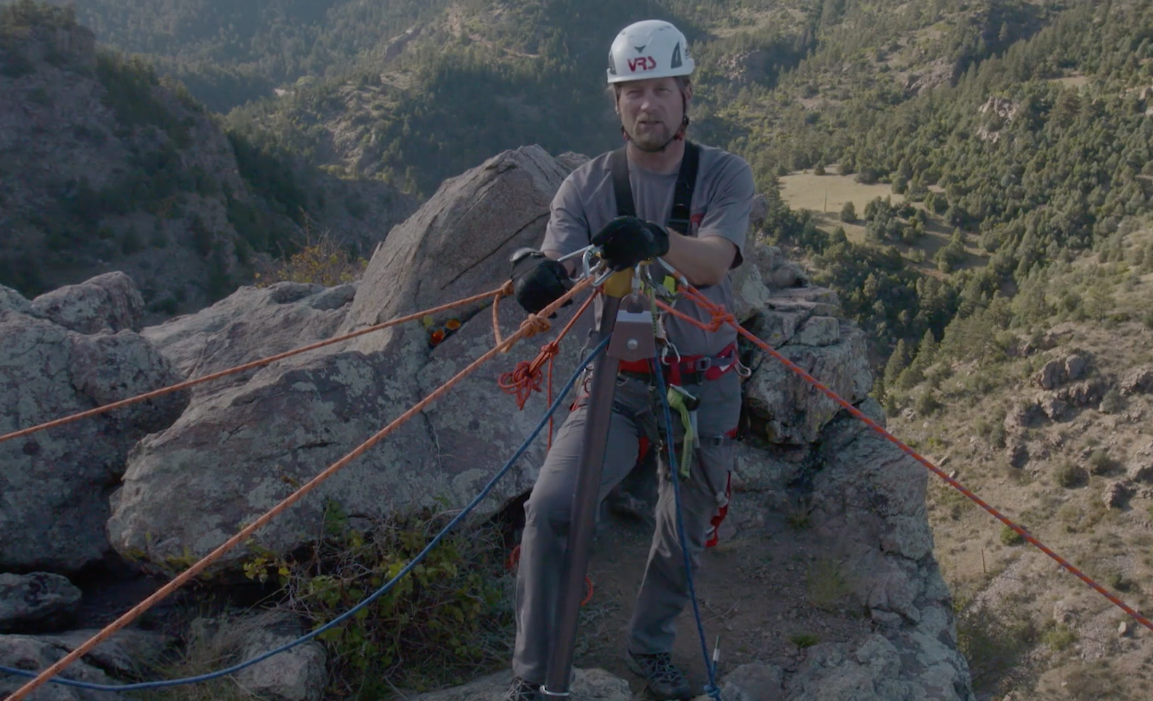
The use of elevated anchors, i.e. high directional anchor systems, is a mandatory requirement of NFPA 1670 for rope technicians. Having said this, it is
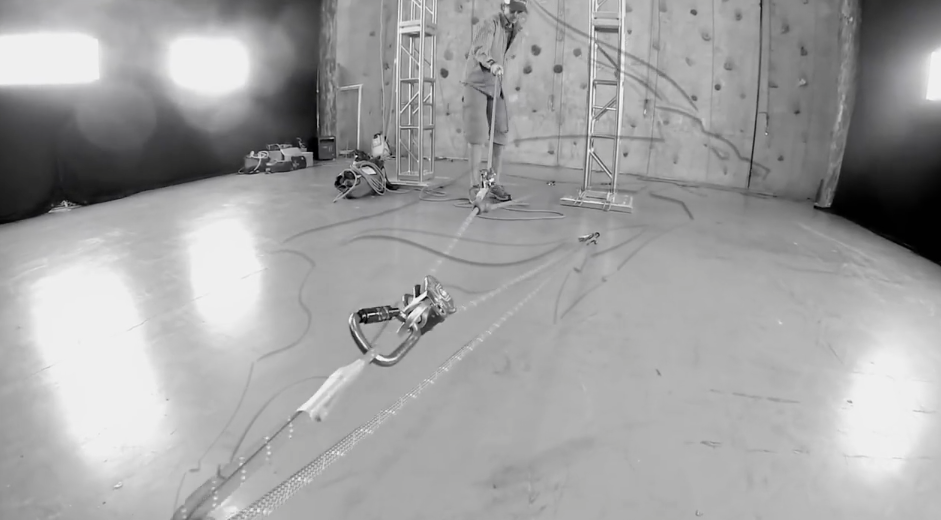
Staggering rigging anchors is a perfect way to spread the mechanical advantage system over a broad area, while at the same time, using the area